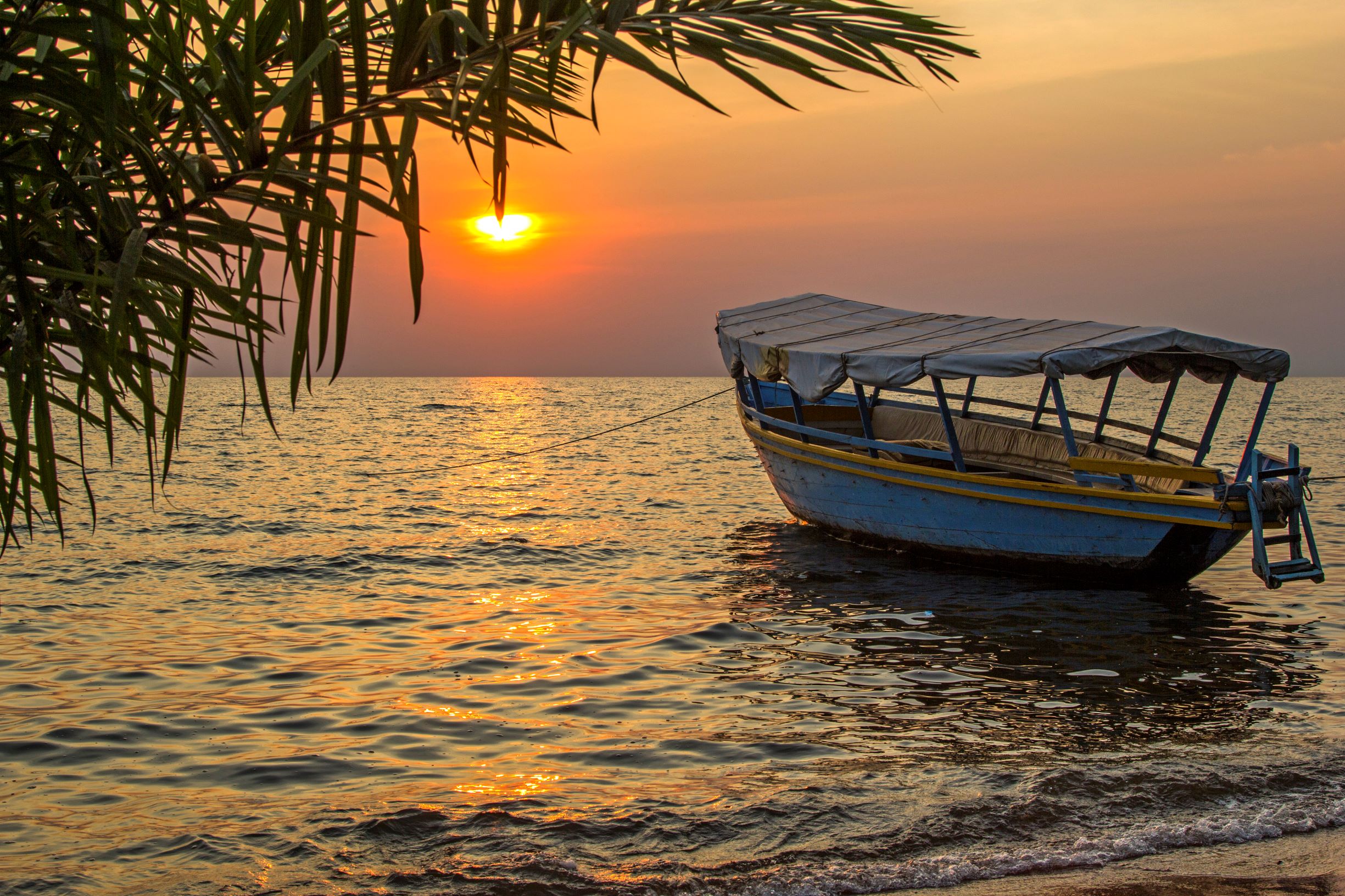
Lake Victoria, the world’s second-largest freshwater lake by surface area, is a crucial resource for millions of people in East Africa. Spanning 68,800 square kilometers (26,600 square miles), it is shared by Tanzania, Uganda, and Kenya, forming a significant part of their natural and economic landscapes.
A Shared Treasure
Lake Victoria’s vast waters provide sustenance and income to the communities along its shores. In Tanzania, Uganda, and Kenya, fishing is a primary economic activity, with the lake teeming with species such as Nile perch and tilapia. The fishery industry supports thousands of jobs, from fishermen to traders and processors, contributing significantly to the local and national economies.
Environmental and Economic Significance
The lake’s ecosystem is rich and diverse, hosting numerous species of fish, birds, and other wildlife. It is also a critical source of water for domestic use, agriculture, and industry. In addition to its ecological value, Lake Victoria is a hub for transportation and trade, facilitating the movement of goods and people across the three countries.
Challenges and Conservation Efforts
Despite its importance, Lake Victoria faces several challenges. Pollution from agricultural runoff, industrial waste, and untreated sewage has degraded water quality, threatening both wildlife and human health. Overfishing and invasive species, such as the water hyacinth, further strain the lake’s resources.
Governments and local communities, along with international organizations, are working to address these issues. Efforts include initiatives to improve waste management, regulate fishing practices, and control invasive species. Collaborative projects aim to promote sustainable use of the lake’s resources while protecting its ecological balance.
A Bright Future
Lake Victoria remains a lifeline for millions in East Africa. With continued cooperation and sustainable practices, it holds the promise of supporting future generations while preserving its rich biodiversity. As Tanzania, Uganda, and Kenya work together, the lake symbolizes not just a shared resource, but also a shared commitment to environmental stewardship and economic prosperity.
